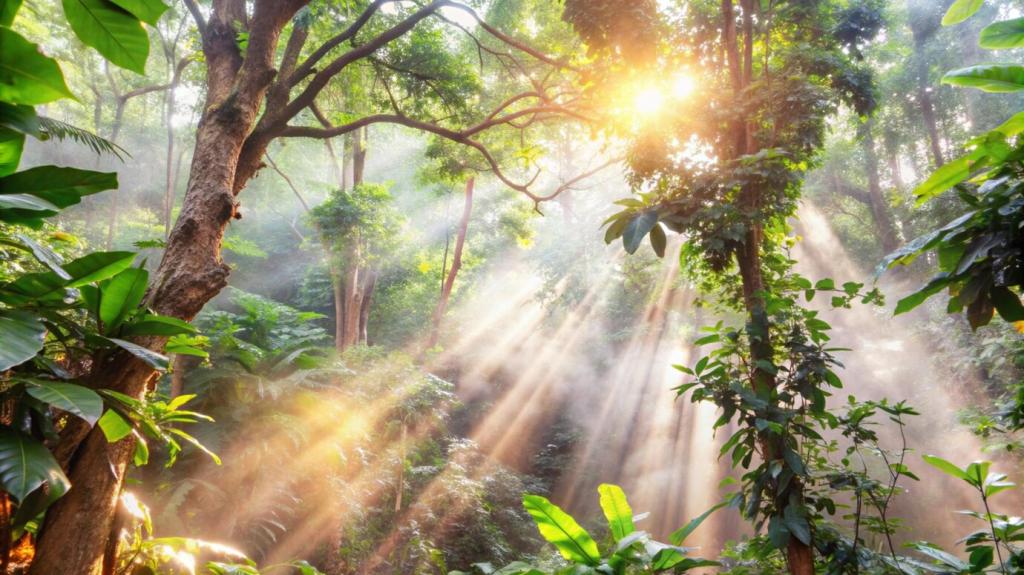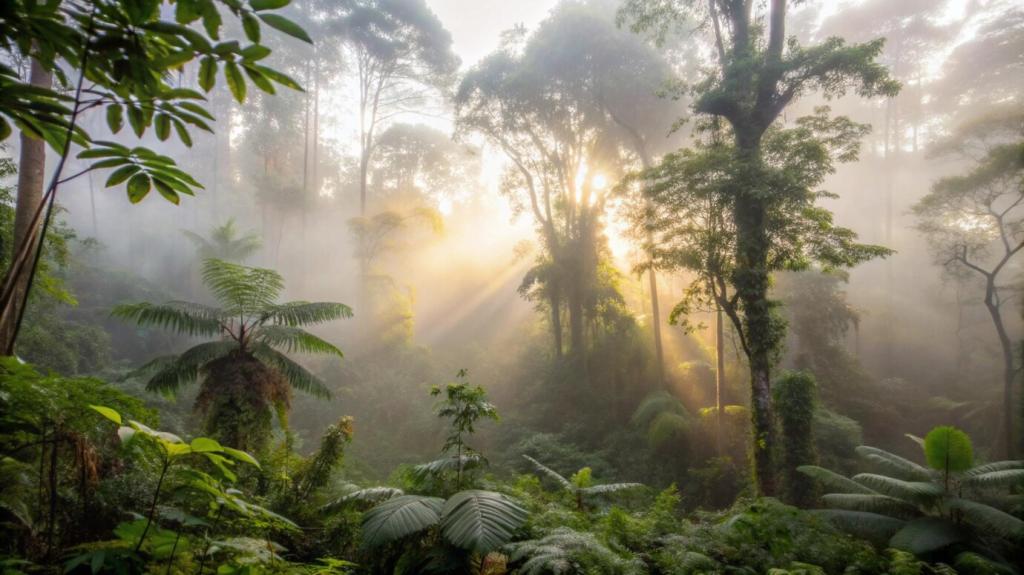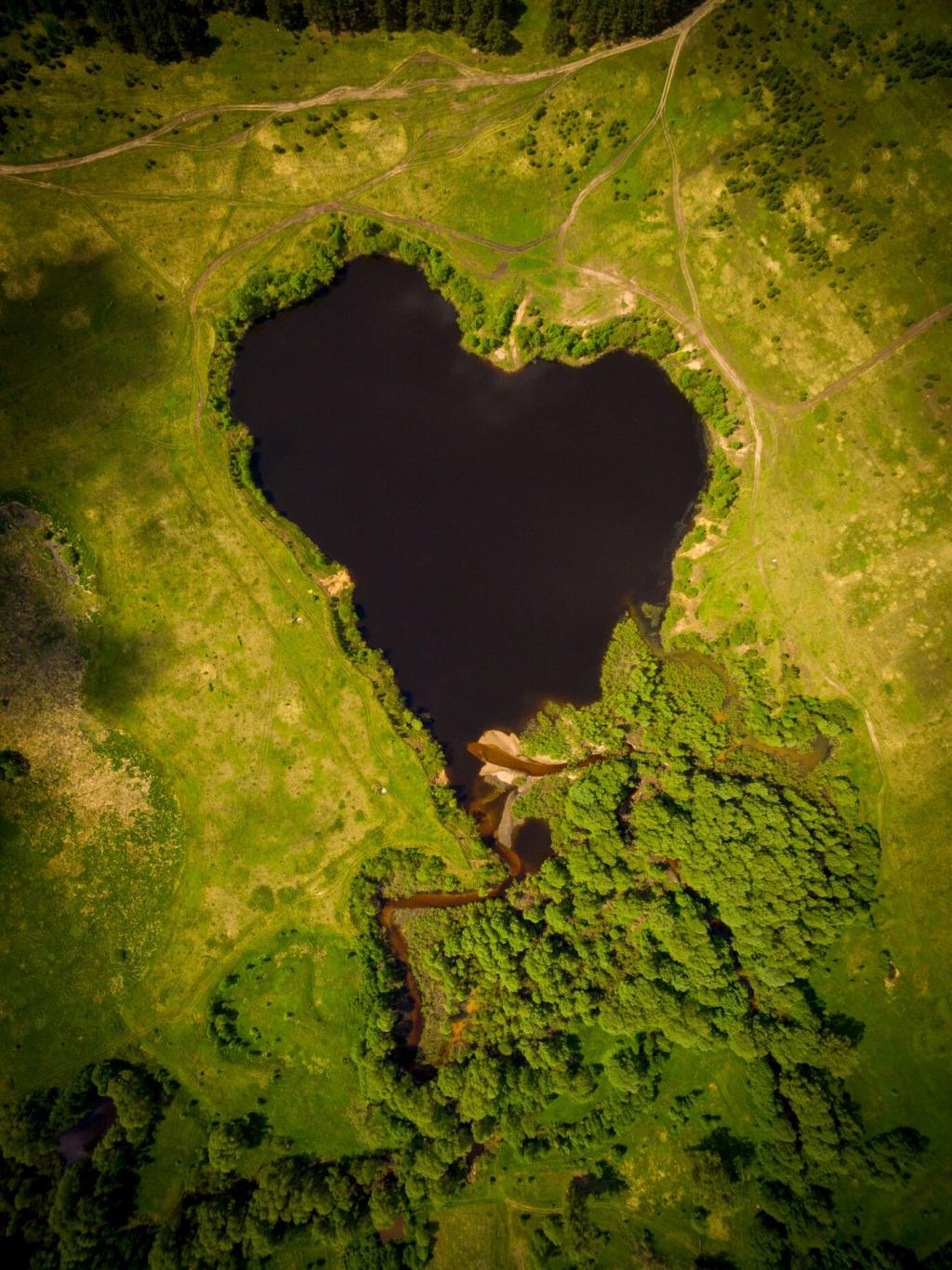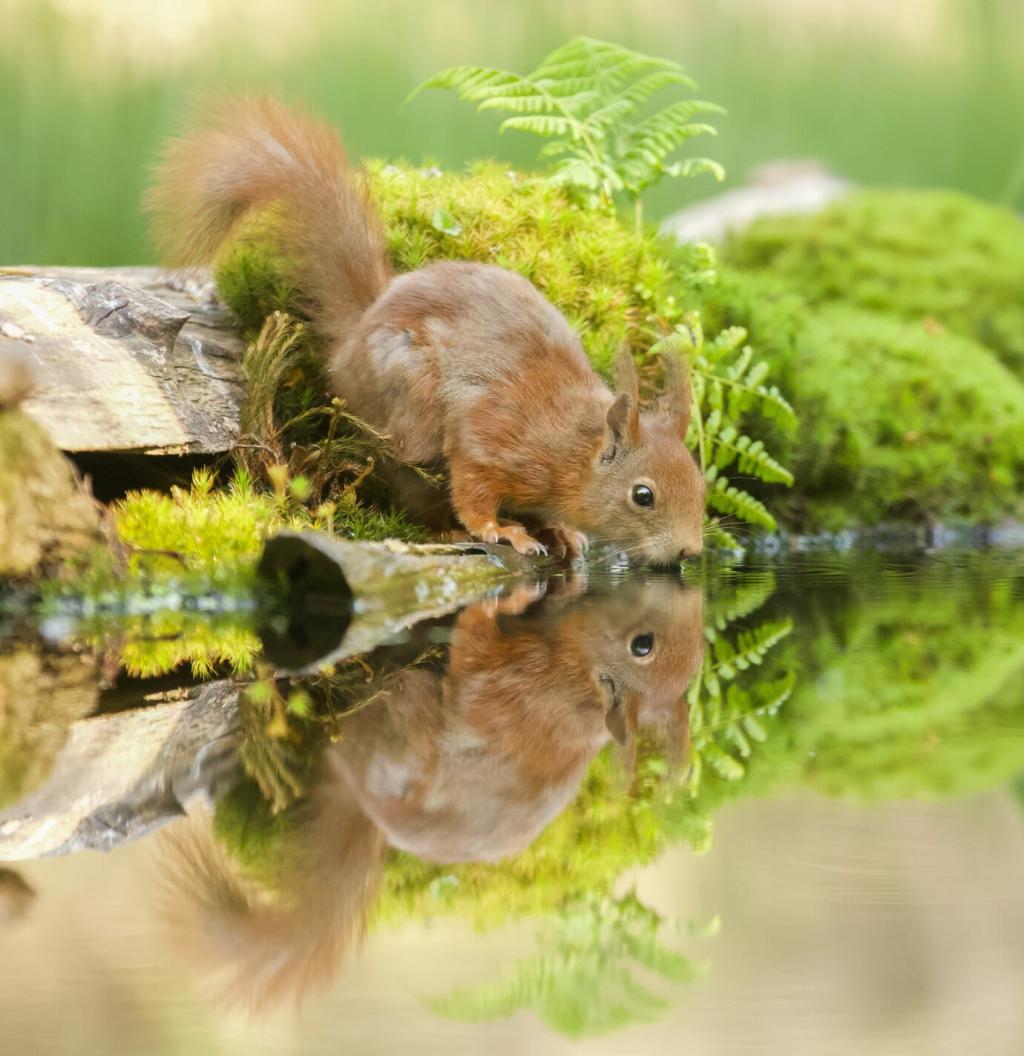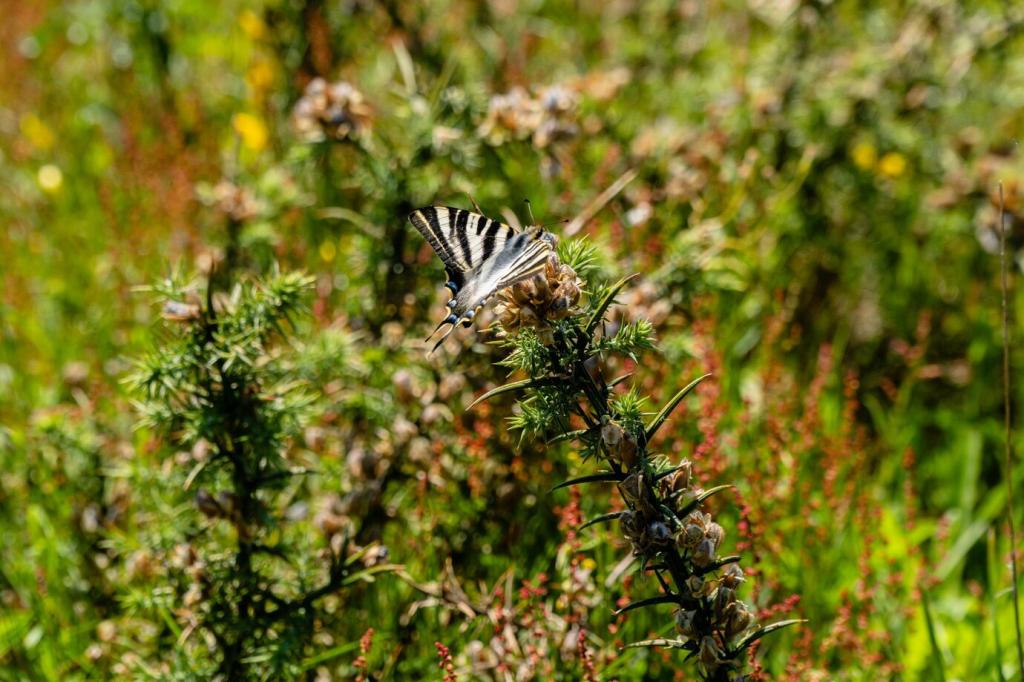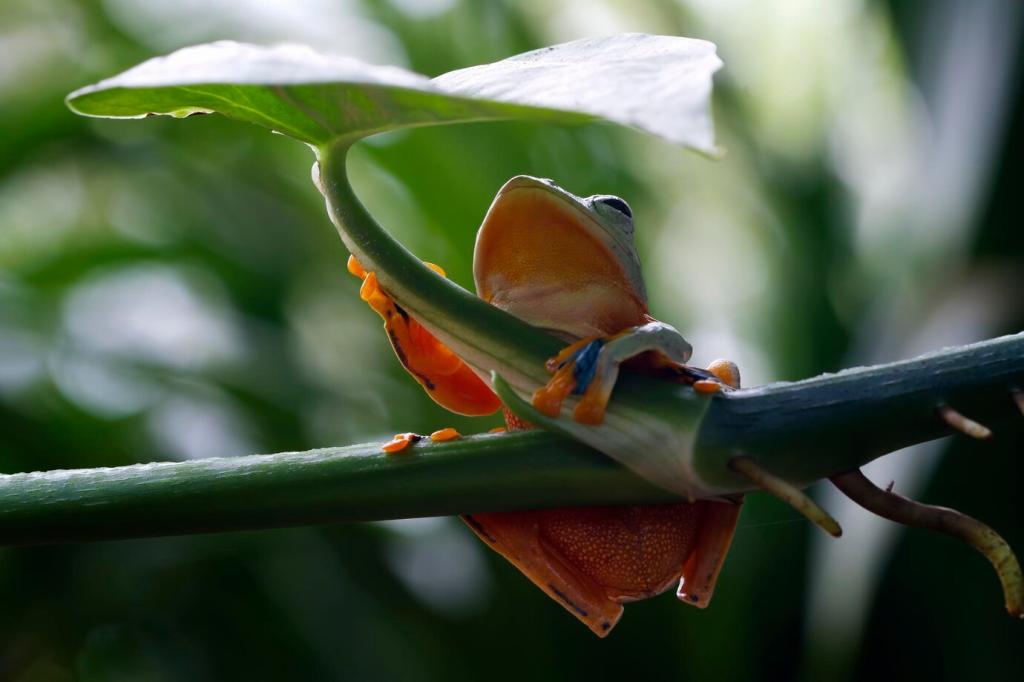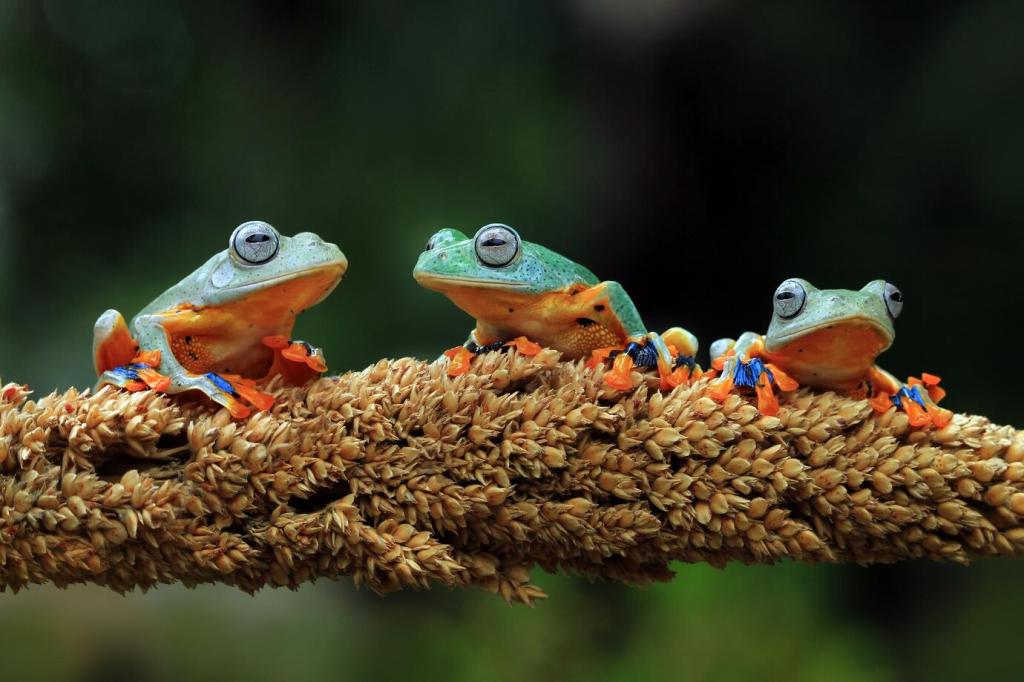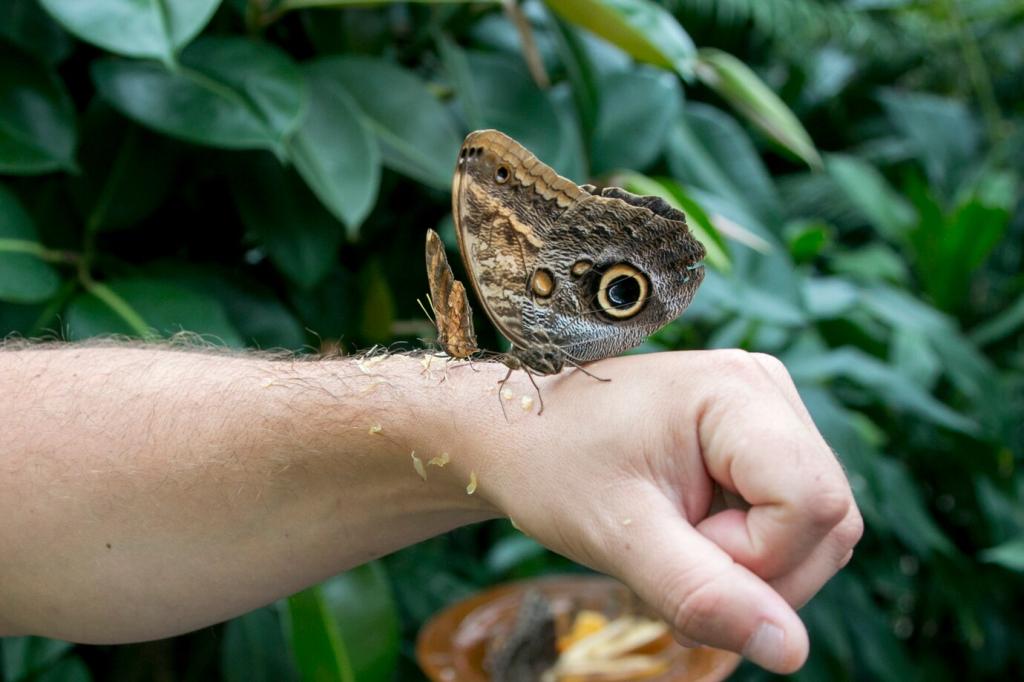Giant Tortoises: Slow Thunder of the Highlands
Saddleback shells arch high at the front, helping tortoises reach cactus pads in drier zones. Dome shells suit lush highlands, where food sits low and plentiful. Morphology became a quiet archive of climate, vegetation, and long island separations.
Giant Tortoises: Slow Thunder of the Highlands
With the rains, tortoises follow green pulses upslope; in the dry season they descend along familiar lava ridges. GPS tagging reveals traditions passed through generations, echoing landscapes older than memory, stitched by instinct and dependable seasonal windows of food.

